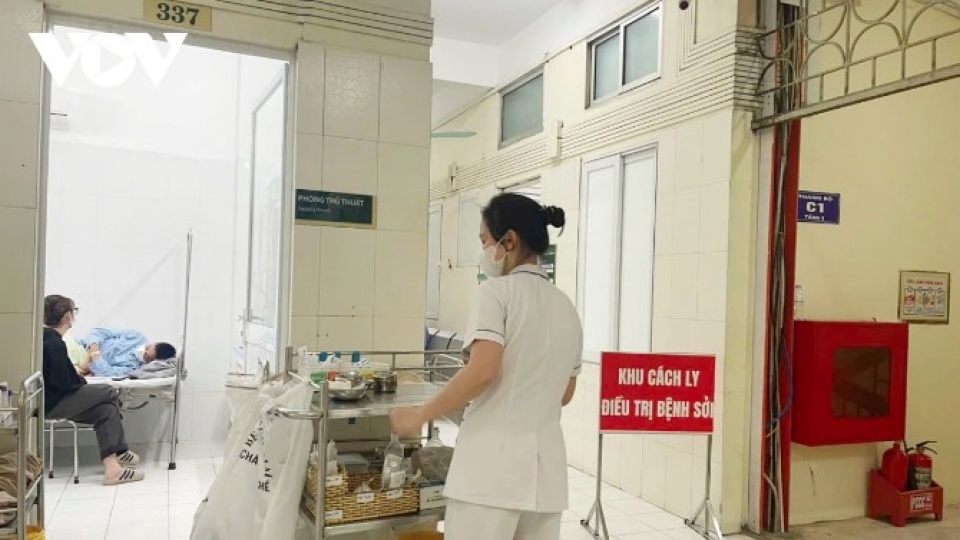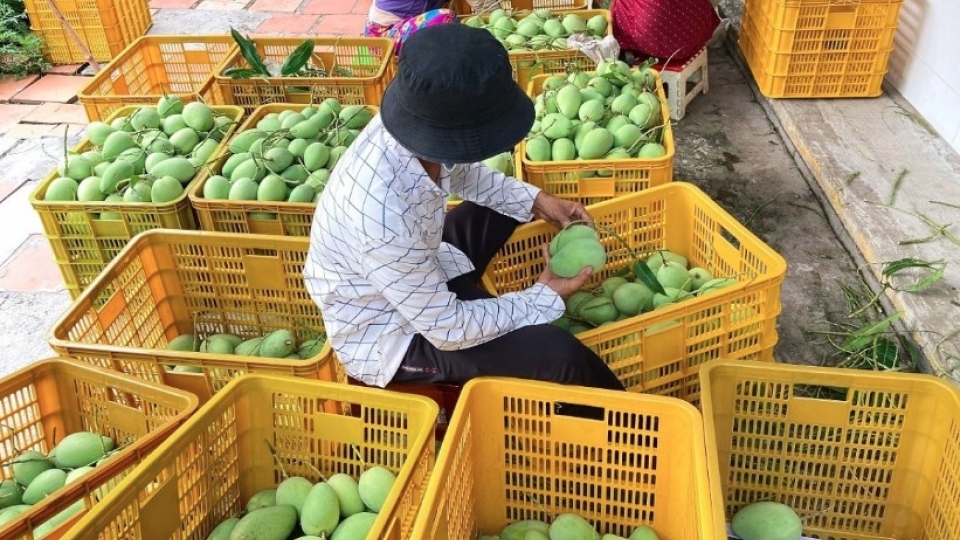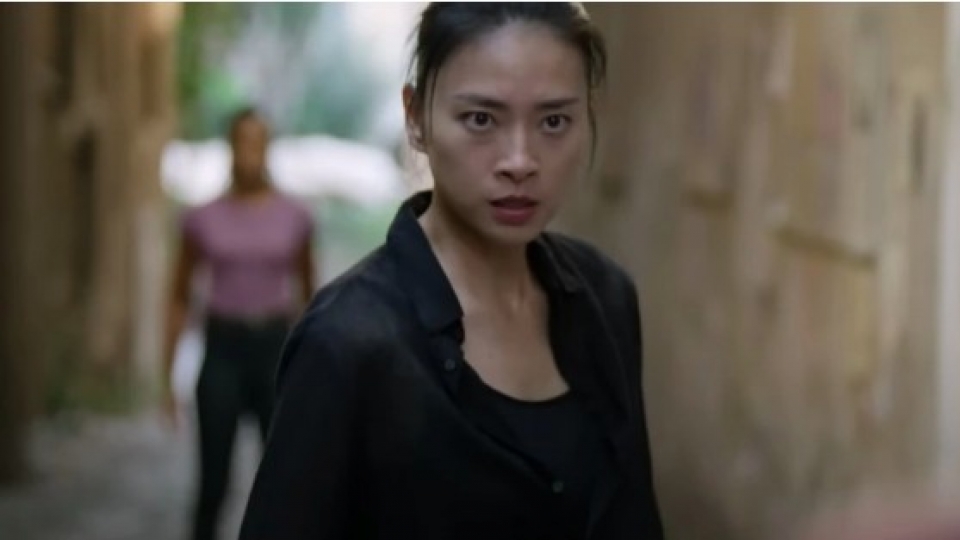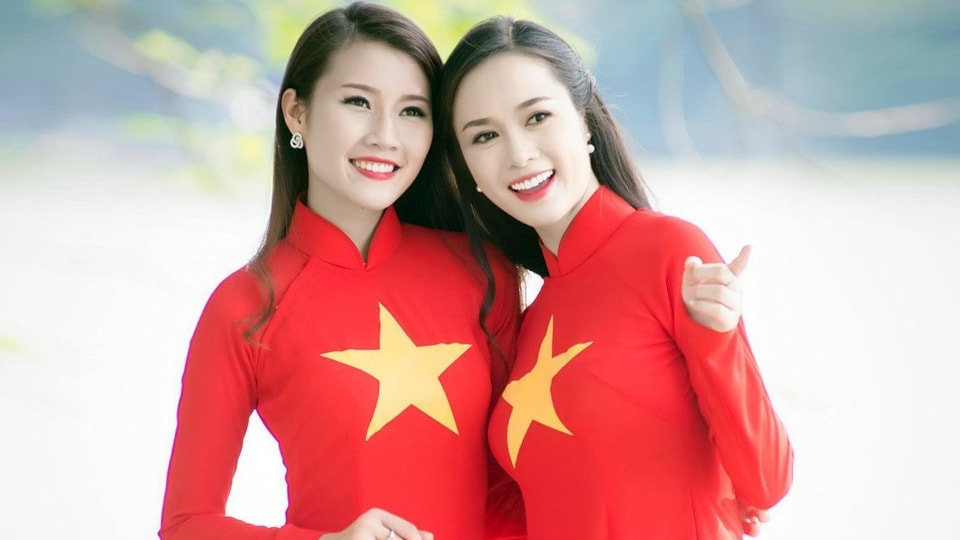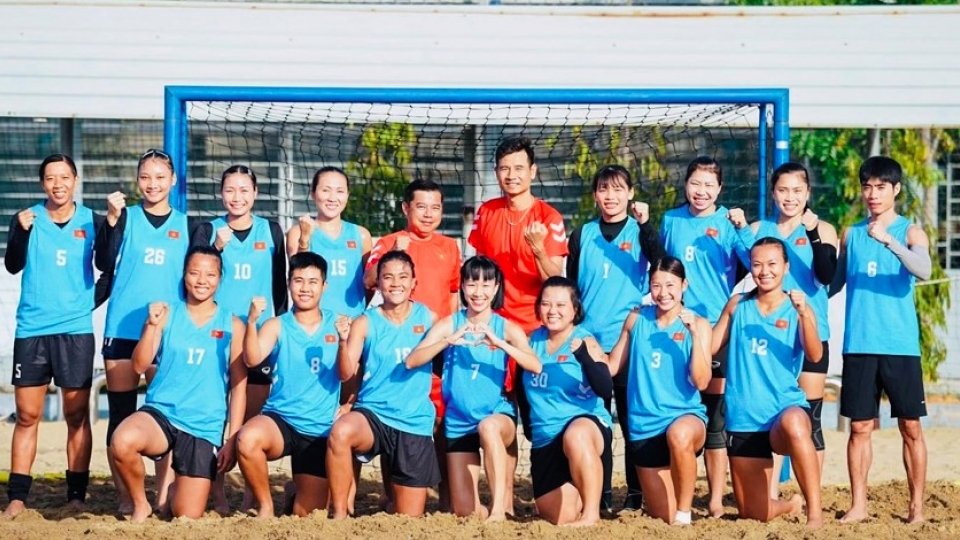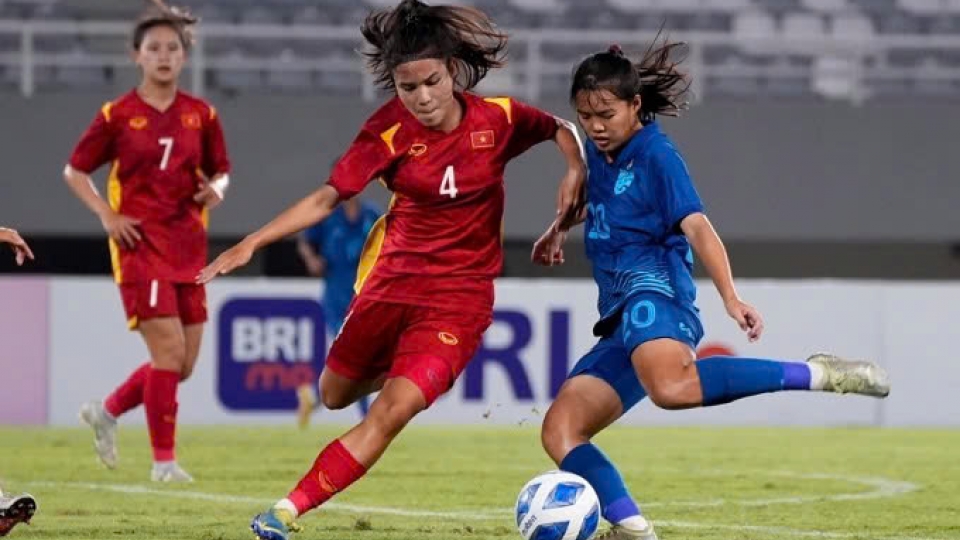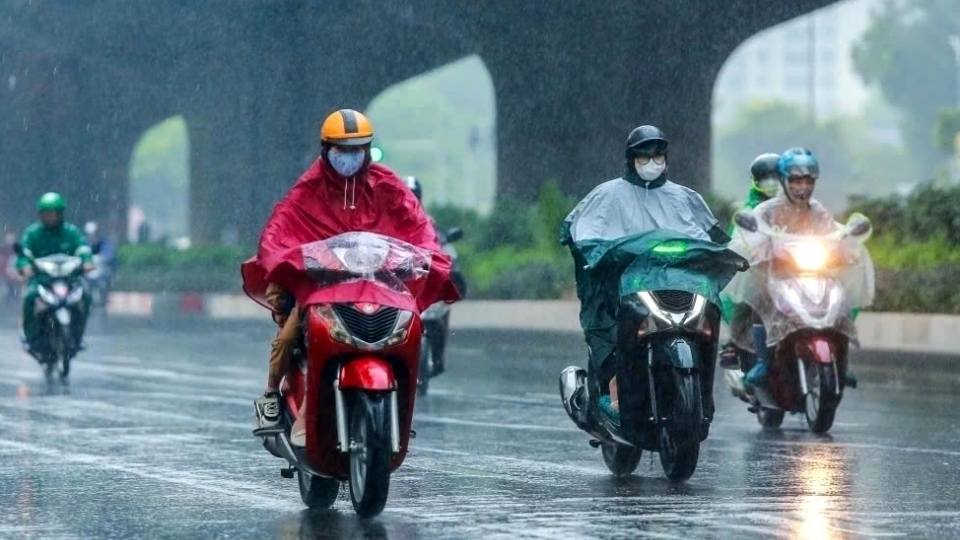Tag: bumper crops
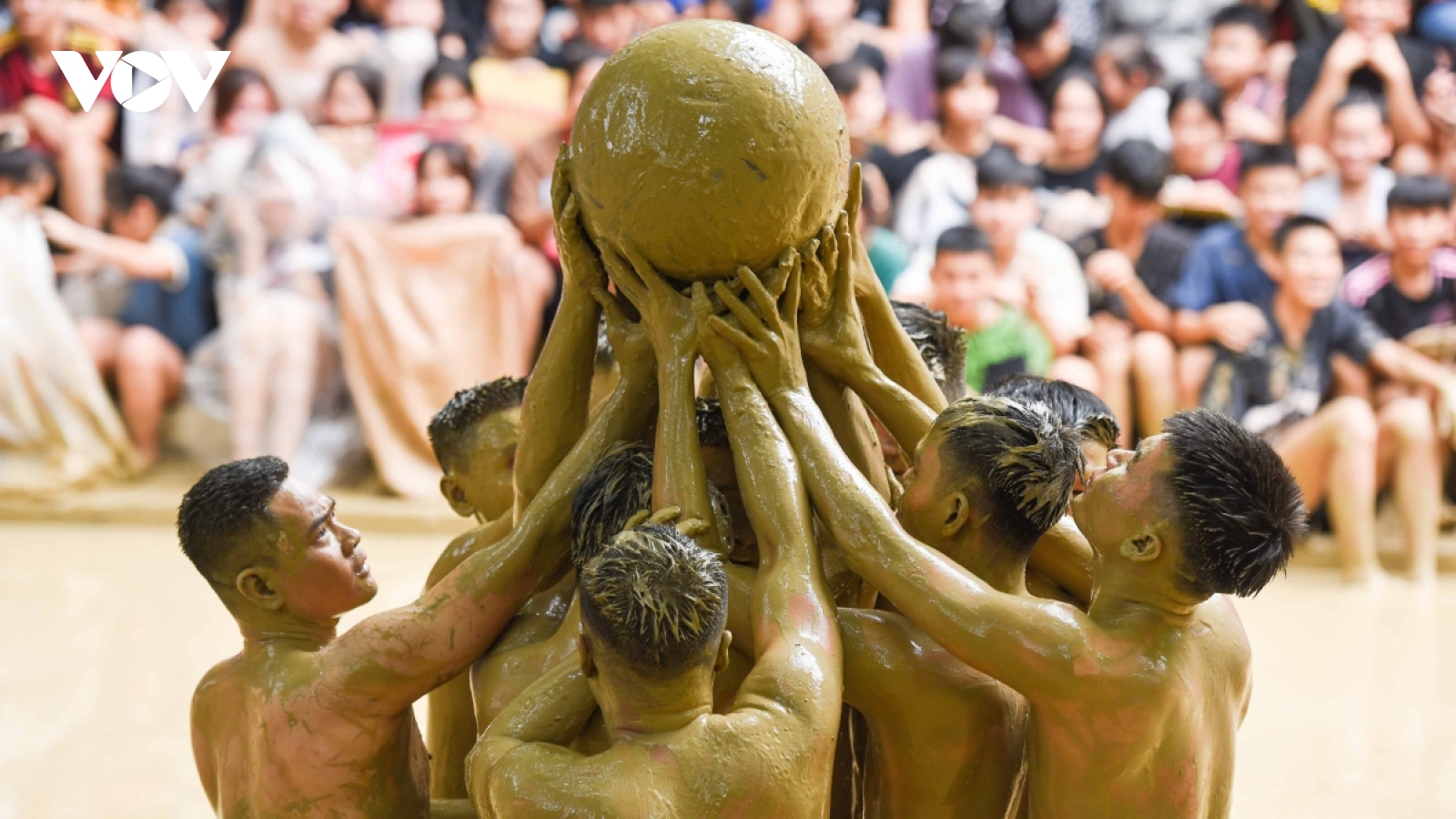
Unique village mud ball wrestling festival prays for bumper crops
VOV.VN - Thousands of local residents and tourists converged on Van village of Viet Yen district in northern Bac Giang province on May 20 to explore a traditional mud ball wrestling festival which takes place every four years to pray for favourable weather and bumper crops.
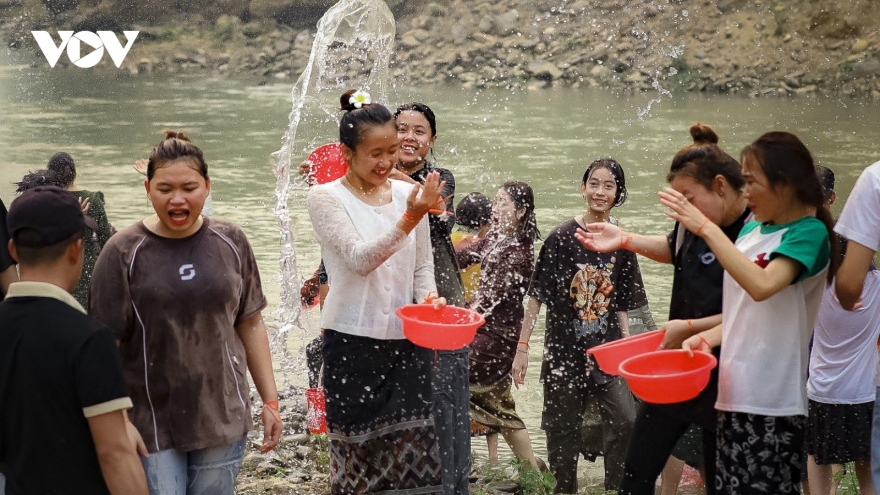
Lao ethnic group of Dien Bien celebrate water splashing festival
VOV.VN - The Lao ethnic minority group residing in Pa Thom commune of Dien Bien district in the northern province of Dien Bien have re-enacted the water splashing festival, with the aim of showing respect to ancestors and praying for bumper crops.

Hmong people pin hopes on custom of getting water on New Year’s Day
VOV.VN - Vietnam’s Hmong ethnic people have treasured the custom of getting water on New Year’s Day for years, hoping that the new year may bring them health, good luck, and bumper crops.

White Thai ethnic people celebrate young rice festival
VOV.VN - The white Thai ethnic people residing in Muong So commune of Phong Tho district, Lai Chau province, are renowned for the Kin Lau Khau Mau festival (or the young rice festival) during which participants gather to pray for favourable weather and bumper crops.
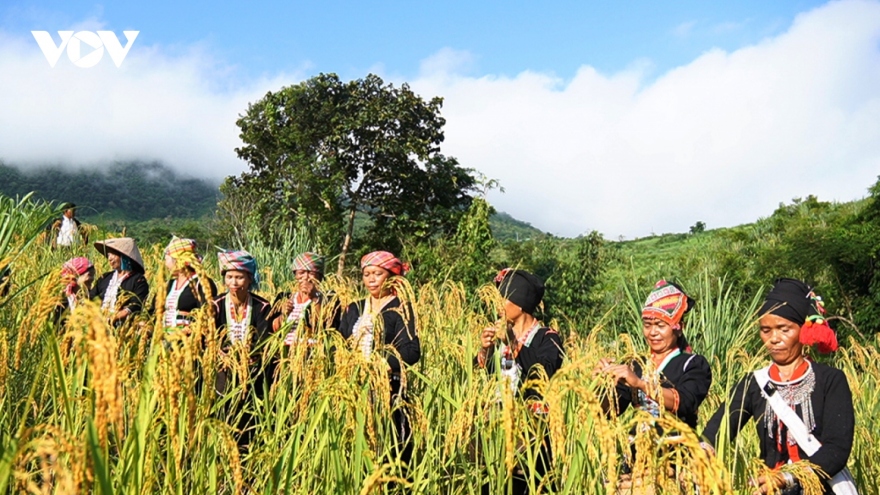
Young rice festival of Kho Mu ethnic people in Lai Chau province
VOV.VN - Ma Ma Me, also known as the young rice festival of the Kho Mu ethnic people, is held annually in the northwestern province of Lai Chau with the aim of praying for favourable weather and bumper crops.
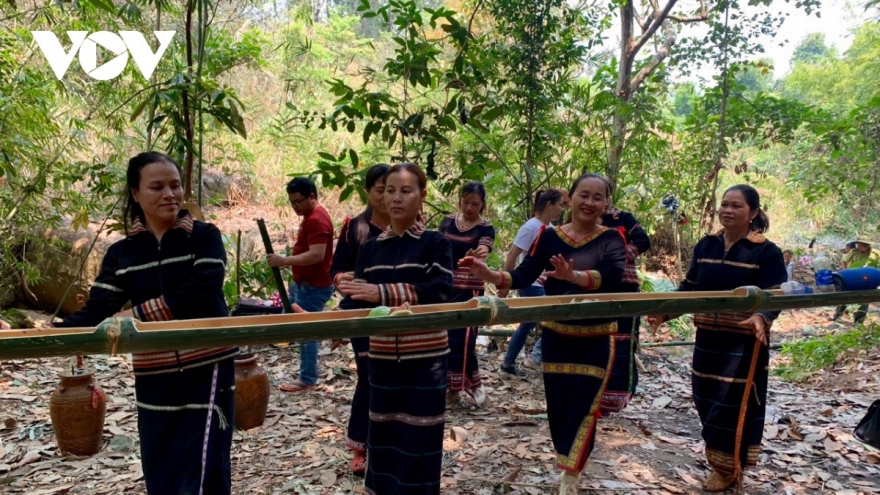
Forest god worship of Jrai ethnic people in Gia Lai
VOV.VN - Each year in late March the Jrai ethnic people who reside in the Central Highland province of Gia Lai hold a ceremony in order to worship the forest god, whilst also praying for villagers’ good health and bumper crops.
.jpg)
Drum-breaking Festival of the Ma Coong
VOV.VN - Beating drums until they break is a special festival of the Ma Coong ethnic people in Quang Binh province to pray for favorable weather, bumper crops, a prosperous village, healthy people, and no diseases.
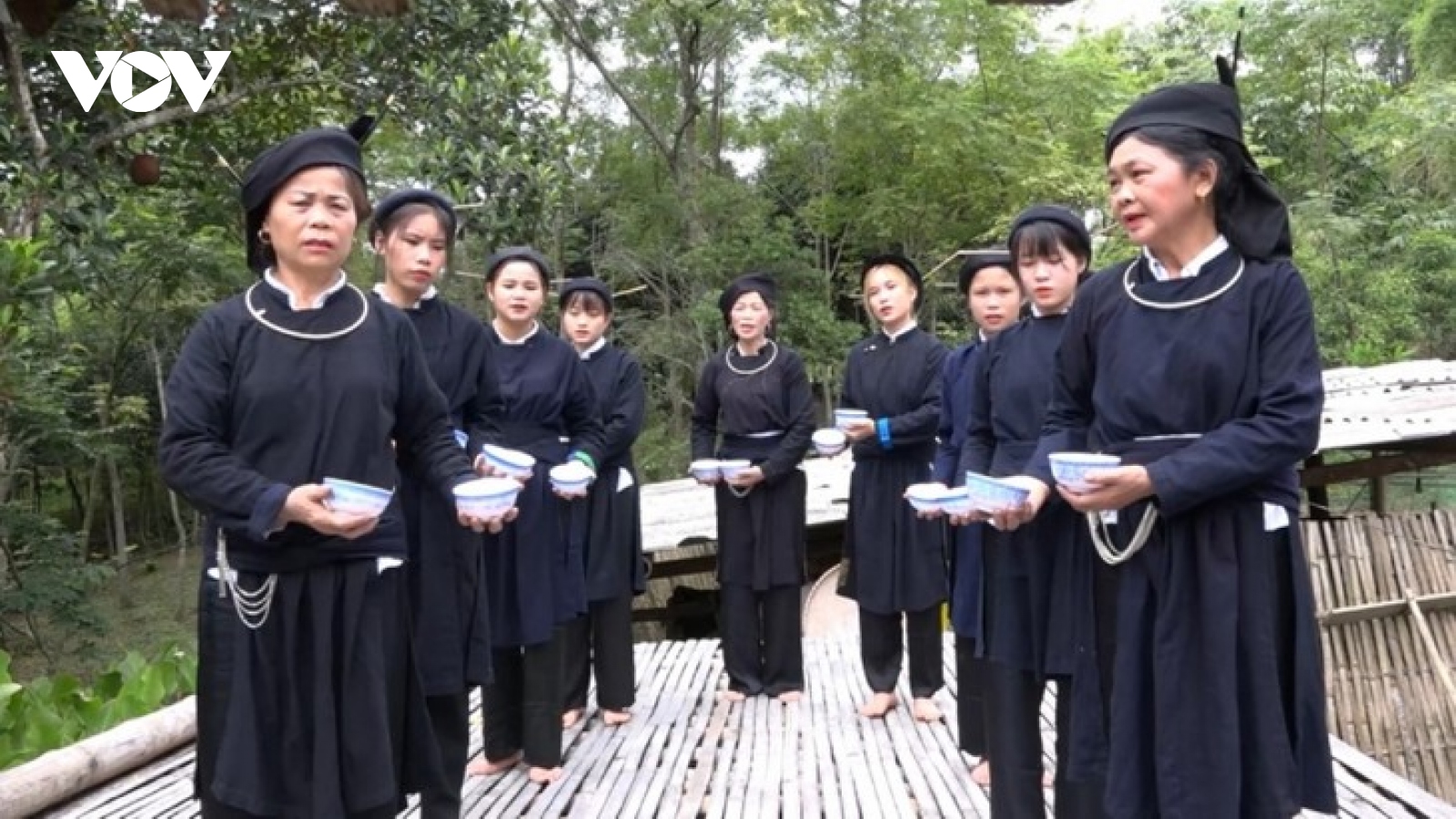
Bowl folk dance of Tay ethnic minority people
VOV.VN - Tay ethnic people in Bac Kan province have upheld their traditional cultural values, including poems, folk songs, and festivals, for generations, with bowl folk dance closely attached to their daily life and agricultural production.
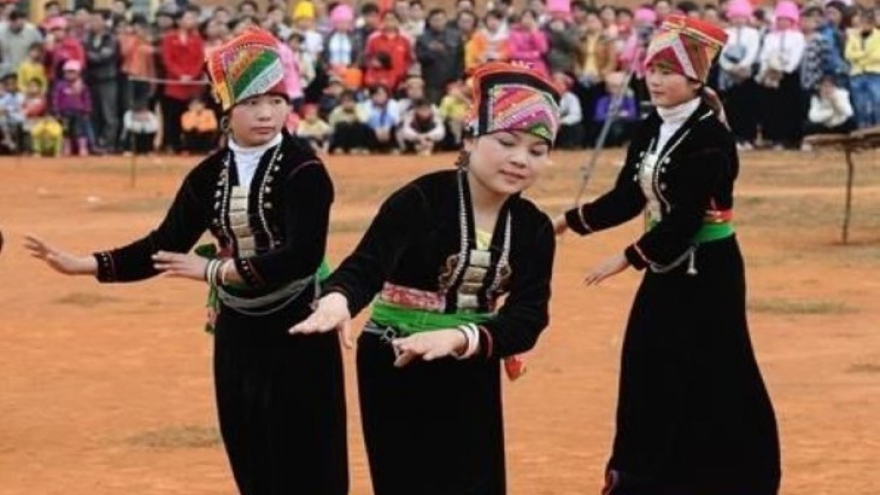
Exploring folk dance of Kho Mu ethnic people in North Vietnam
VOV.VN - Folk dances of the Kho Mu ethnic people in the northwestern region of Vietnam are closely associated with religious rituals, reflecting their strong will to conquer nature to develop the community.
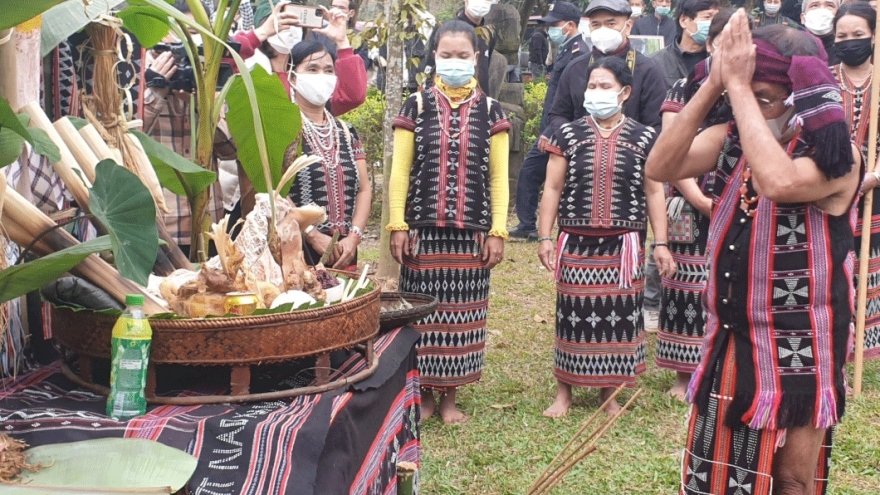
Festival of Ta Oi ethnic people prays for bumper crop and good health
VOV.VN - The annual Aza festival represents a unique part of the cultural practices of the Ta Oi ethnic group, with members of the community coming together to pray for a bumper crop and good health.


